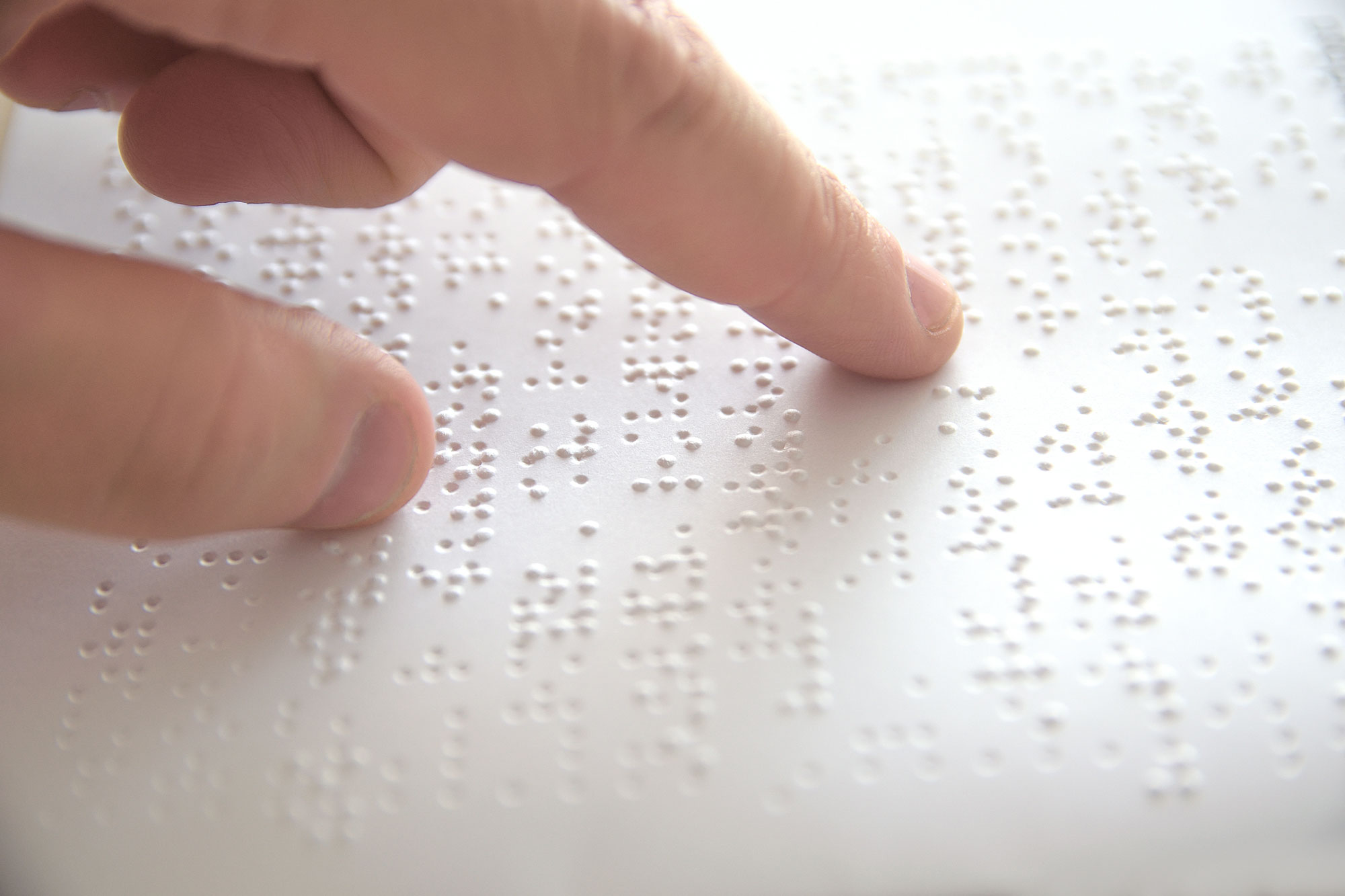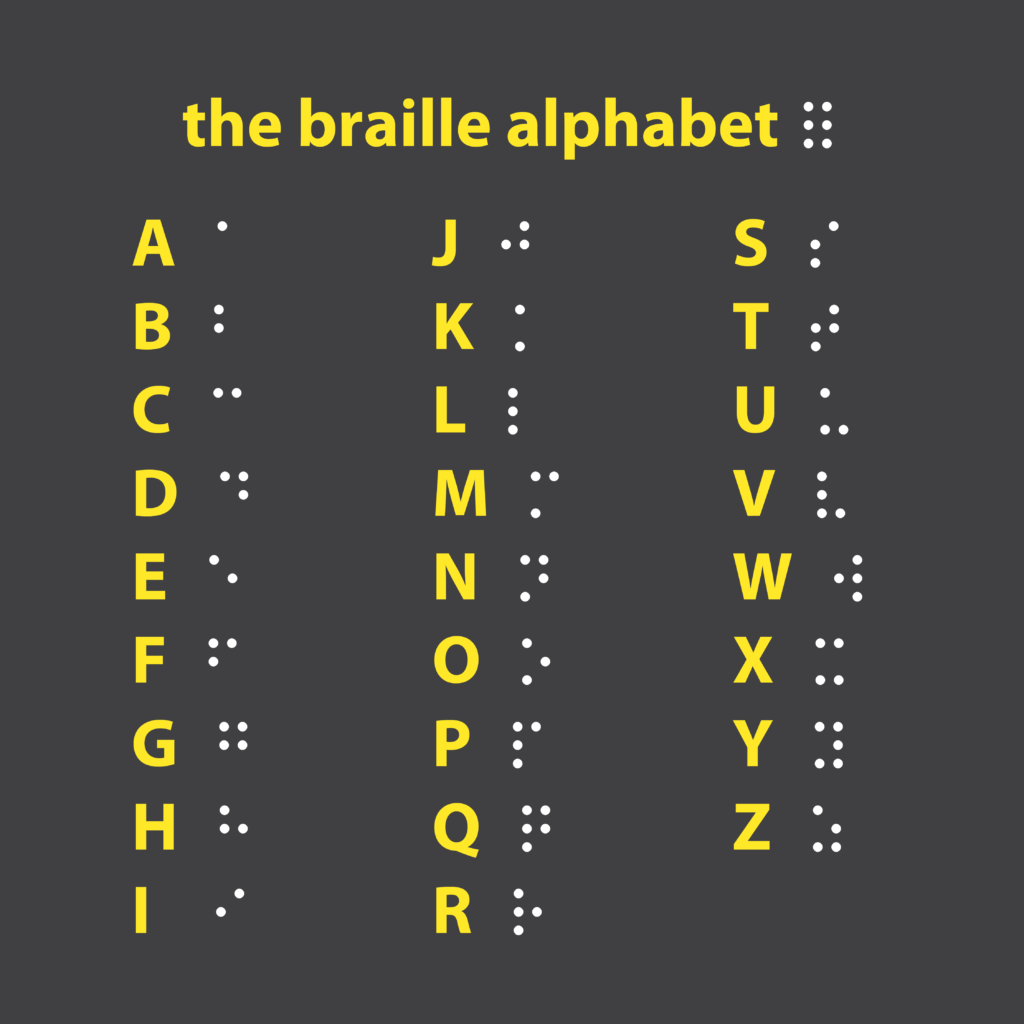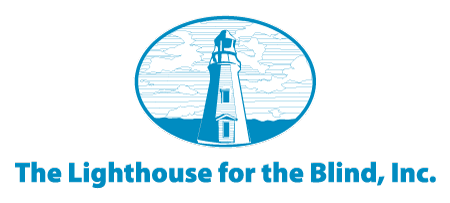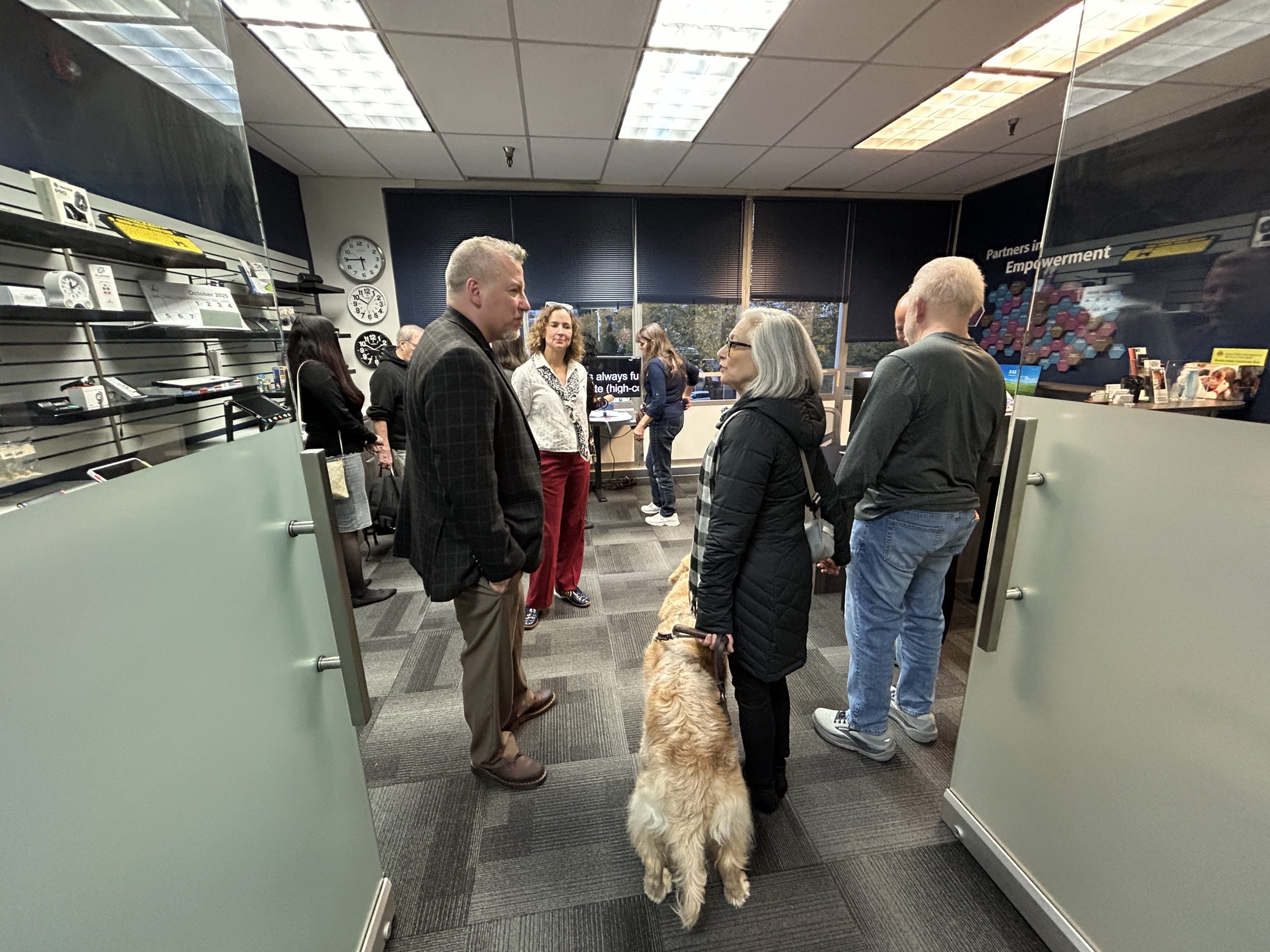The Importance of Braille Literacy

January is Braille Literacy Month! Braille literacy is important not only to Lighthouse staff. It is also important to the way the Lighthouse functions. Braille is a vital means of communication for people who are blind, DeafBlind, and blind with other disabilities.
So what is braille? Braille is a system of writing that uses characters made up of raised dots. Katy Todd, Braille Services Coordinator at the Lighthouse, describes how braille is written. She notes, “each braille cell is 6 dots. You form letters through that, from that pattern.”
 Audio information is available through screen readers, audiobooks, and podcasts. However, braille literacy is still important for many of the same reasons that sighted reading is important. One of the main reasons is because it provides access to information.
Audio information is available through screen readers, audiobooks, and podcasts. However, braille literacy is still important for many of the same reasons that sighted reading is important. One of the main reasons is because it provides access to information.
Menus, wayfinding signage, buttons, and much more is often provided exclusively through written or tactile communication. Braille is especially important for individuals who are DeafBlind and rely on tactile communication.
Katy mentions, “I’ve noticed that people who are totally blind or people that haven’t read print in a while, lose their ability to spell. If you don’t see a word written out, if you just go by the way it sounds. A lot of the times you’ll get words wrong. I think braille is very important for good vocabulary, good spelling, good diction, and definitely access in all kinds of areas. Even little things like the buttons on an elevator, signs to the bathrooms and machines. It’s all very important.”
Braille Services at the Lighthouse
The Braille Services department at the Lighthouse is responsible for translating, formatting, printing, and proofreading braille communications for Lighthouse employees. In addition, the Lighthouse also has a Braille Literacy Program and operates the Leonard & May Nelson Braille Reading Library.
The Braille Literacy Program’s purpose is to provide instruction for those who are interested in refreshing existing braille skills or who are learning braille for the first time. Braille training curriculum centers on the McDuffy Reader, by Sharon L. M. Duffy. The McDuffy Reader is a manual for teaching braille to adults who are blind or have low vision.
Katy describes what the process of learning braille is like. “You start out learning the braille pattern. Then, the next biggest thing is spacing of braille. When you read normal braille it’s very tight together. For people who are just learning braille that’s really confusing. So braille characters are very spaced apart in the beginning.”
Braille training at the Lighthouse is very individualized. It allows students to go at their own pace. Consequently, that allows them to stay motivated by learning about subjects they might be interested in.
“We try to teach for people’s interests. Say someone wants to learn braille and they’re really into computers. We can get them a book about computers in braille, to make it interesting. Instead of having them read something they’re not that interested in.”
Braille Reading Library
Access to the Leonard & May Nelson Braille Reading Library at the Lighthouse allows both beginner and proficient readers to practice their skills with a myriad of reading choices. The library is stocked with an abundance of braille books and magazines. They are available to read and study on-site or check-out to take home. The library can be used before and after work, during breaks, and even during paid training time for practice. The braille services staff frequently assesses the library. They make sure the material is current, relevant, is updated based on publication date, varies in degree of subject matter and range in difficulty.
Related Posts
Summary
For 18 years, the Muckleshoot Indian Tribe has partnered with The Lighthouse for the Blind, Inc., empowering people who are blind & DeafBlind through jobs & training.


